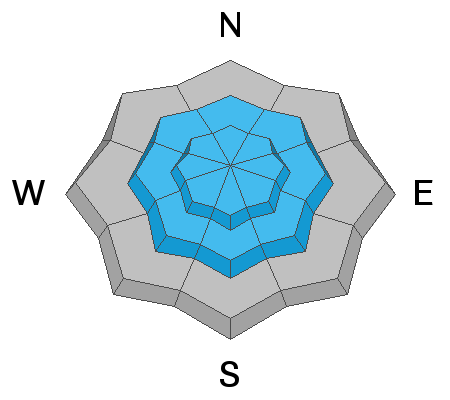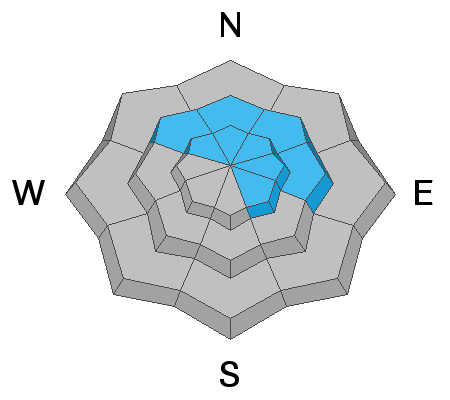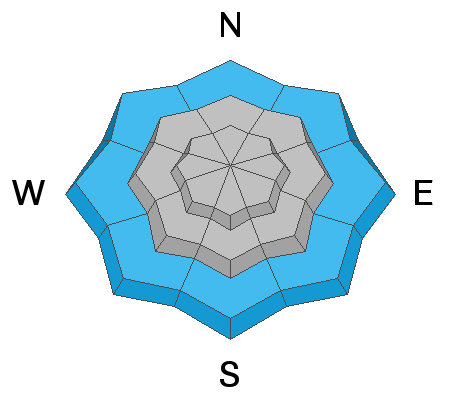Forecast for the Provo Area Mountains

Issued by Evelyn Lees on
Friday morning, March 8, 2019
Friday morning, March 8, 2019
The avalanche danger is HIGH at the upper elevation slopes and mid elevation slopes. Natural avalanches are occurring as the storm is producing more snow than expected. Triggering a wind drift or new snow slide is certain in steep terrain. The avalanche danger will remain HIGH this afternoon during frontal passage and as long as it snows heavily or the winds pick up. Slides can run long distances in the continuously steep terrain in the Provo area mountains. Backcountry travel in avalanche terrain is not recommended. Avoid avalanche run out zones even at the mid and low elevations.

Low
Moderate
Considerable
High
Extreme
Learn how to read the forecast here











